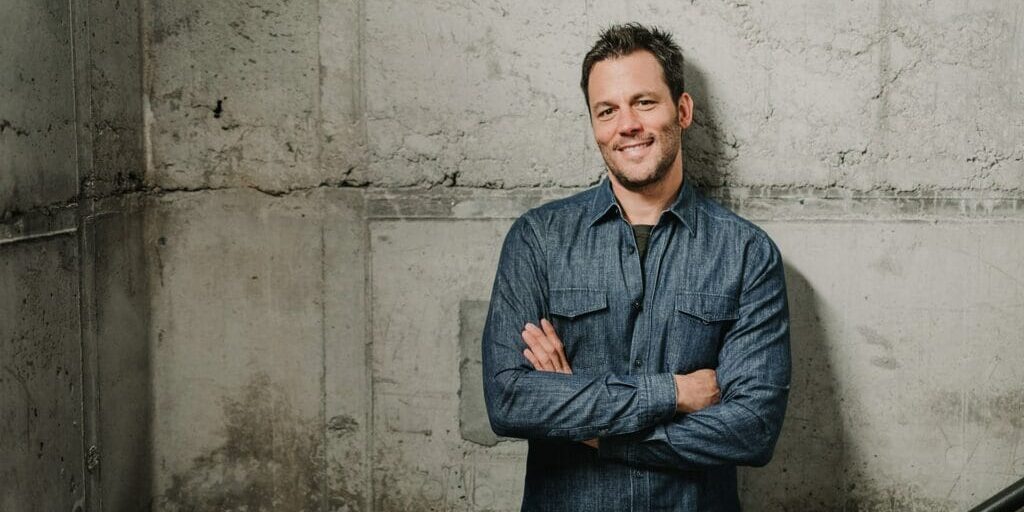In my business, a break in the action means it’s time to create something new. Every entrepreneur, executive, leader, manager and individual contributor needs to spend time working in the business (doing the work) and on the business (inventing the future or improving your competencies).
It’s not easy to create something new. In fact, it can be really difficult at times, confirming the adage that nothing in life comes easy. But over the years, I’ve developed an effective process to overcome the most common obstacles to making time for creative work.
Why It’s Important to Make Time for Creative Work
To create something new is to accept and embrace hard work. It’s rarely as easy as it looks from the outside. When faced with very real constraints on your time, finances and resources, creating something new can be a difficult and delicate balance.
However, it’s work that must be done.
If you aren’t inventing the future and improving, you’re falling behind. The status quo is dead — and it was over long before the pandemic that changed how and where we work.
The world is changing faster than ever before. To thrive in this accelerated pace of change, organizations and individuals must constantly be evolving, adapting and innovating.
- A recent Gartner employee survey supports this, with 56% of participants reporting they were seeking work that’s both impactful and creates meaningful change.
- Results from a global McKinsey executive survey showed that the digital acceleration of “customer, supply chain and internal operations” increased by an average of three years.
This isn’t a world where you can rely on your old ways of doing things. Now that you know why this is so important, let’s talk about how to get started.
How to Jump-Start Your Creative Efforts
Getting your creativity into high gear starts with preparation and setting expectations. Be pragmatic. There will be obstacles. These are simply a part of the process when you create something new. Being prepared empowers you to address roadblocks if and when you encounter them.
Remember that if you’re not getting better, you’re getting worse. The next time you’re faced with creating something new, don’t stagnate. You just have to do the work! When you equip yourself – and stick with – my five core lessons, you’ll be surprised at what you’re able to achieve.
Overcome Your Analysis Paralysis
The path to creation isn’t simple. A challenge many of us face — myself included — is overcomplicating the process, or analysis paralysis.
Here’s what I’ve learned about the creative process over the years. When creating a new “something,” analysis paralysis will threaten to stifle your productivity and creativity, making the process feel virtually impossible.
Your research and planning phase needs to have a defined beginning and end. The key is to start making progress — any progress. These are just some of the tools I’ve found effective:
- A whiteboard
- Post-it notes
- Project draft and/or a sample (it counts as a start!)
By committing to getting started, you create momentum for yourself. When you have momentum, you have a fighting chance to do what’s needed to finish the work. Remember that everything is a draft until you decide it isn’t.
If you’re looking for inspiration to just start, try my visioning exercise.
Prepare to Make Sacrifices
Creating something new is supposed to be hard. Along the way, you might experience a little pain, long nights, sacrifice, self-doubt and seemingly insurmountable obstacles.
Let me be clear: There will be pain, sacrifice, doubt and obstacles. Know that. Expect that. When you reach a place of acceptance, you can more easily find ways to push through and meet the challenges head-on. Embrace the hard work rather than get caught up in a cycle of discouragement. Simply keep on going. Progress is a success in itself. Remember that you have permission to make mistakes along the way.
As you look to make meaningful change in your life, remember this quote from Jim Rohm: “We must all suffer from one of two pains: the pain of discipline or the pain of regret. The difference is discipline weighs ounces, while regret weighs tons.”
To prevent distractions that can hinder your progress, make a quit list. My mentor shared this simple yet brilliant tool that helps you prioritize the goals that matter. By removing what dilutes your focus, you can focus on the tasks necessary to achieve your goals.
Don’t Go It Alone
Your very best work is rarely done alone. Collaboration unlocks new ideas and perspectives. It provides opportunities for feedback that shift your mindset and encourage you. Collaboration can help you conquer obstacles that feel impossible on your own. It’s a catalyst that drives innovation and improves your business performance.
Assemble a personal board of directors that includes your most trusted professional colleagues, peers and mentors. Collectively, they can provide precious expertise and insights beyond your own knowledge base. Their guidance and experience help you make well-rounded and strategically sound decisions.
Commit
Collaboration also helps drive commitment. Being accountable to people you care about drives a ferocious inner resolve to push hard, if for no other reason than to make sure you don’t let them down. Having the right attitude toward your choices and commitments is essential to delivering your best work.
Success isn’t achieved in one call or a single brainstorming session. Success is iterative, with many small wins along the way. When you commit to earning the next stage of success, you’ll find the focus you need to push forward.
Cross the Finish Line
Starting and stopping is easy. What’s not easy is deciding to stick it out, to blow up what isn’t working so you can finish. When procrastination is a temptation, it helps to have an adversary. A firm deadline works for me. Finishing means we have to confront our fear of failure. And it is a profoundly powerful fear to face down.
Once you’ve crossed the finish line, celebrate. You’ve done the hard work and stuck with it. And, just maybe, the next time will be a little easier (no guarantees).
Every time I finish a big project, I return to the beginning. Thankfully, I know what it feels like to finish. I know I am capable. I just have to do the work.
Real Results Take Real Resolve
The truth is that most people don’t really want to create something new. What they want is to be finished, at the stage where they bask in the praise of their peers.
Most people don’t want to develop an exercise regimen and stick with it over the next several months or years. They simply want a killer body in a bathing suit. It’s that gulf between the current and future state, and the willingness to do the hard work of creation, that separates futuremakers from the rest.
Creating something new isn’t easy. But I firmly believe it’s worth the effort. When in doubt, just ask someone who crossed the finish line, victorious. These champions might have battled moments of self-doubt before kicking off large projects, delivering in-depth presentations or unveiling new programs for high-profile clients. But in every case, they pushed through. Every moment of their effort was worth the reward.
If you’ve been thinking about creating something new, take the next step. Let the work begin.








